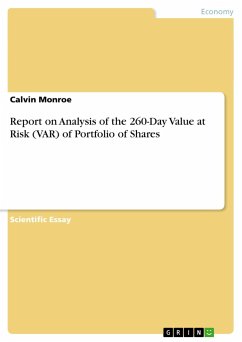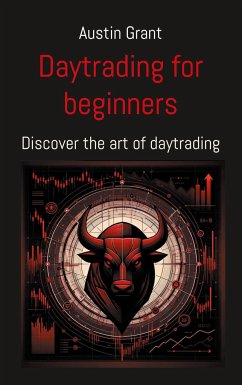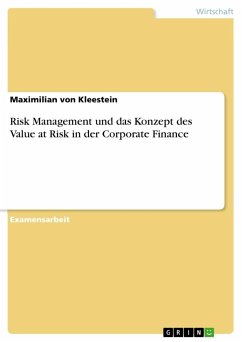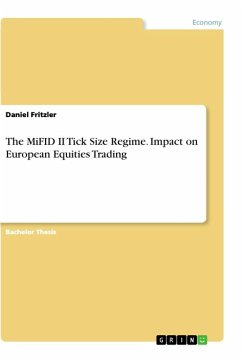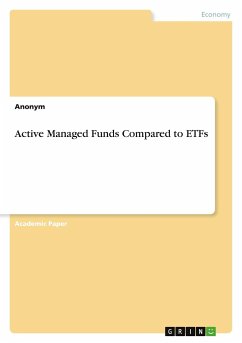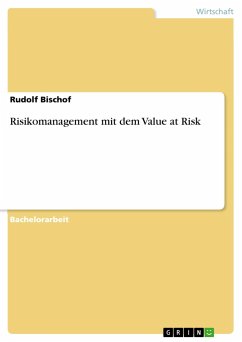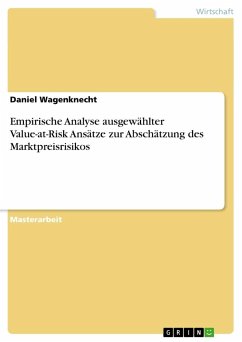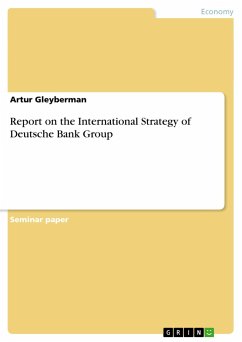Scientific Essay from the year 2012 in the subject Business economics - Investment and Finance, grade: B, King`s College London, language: English, abstract: For quite a long time now the main concern for investors as well as regulators of financial markets has been the risk of catastrophic market and the sufficiency of capital needed to counter such kind of risk when it occurs. Many institutions have undergone loses despite their gigantic nature and good forecasting and this has been associated with inappropriate forms of pricing and poor management together with the fraudulent cases, factors that have always brought the issue of managing risk and regulating these financial markets to the level of public policy as well as discussion. A basic tool that has been identified as being effective in the assessment of financial risk is the Value at Risk (VaR) process (Artzner, et al., 1997). The VaR has been figured out as being an amount that is lost on a given form of portfolio including a small probability in a certain fixed period of time counted in terms of days. VaR however poses a major challenge during its implementation and this has more to do with the specification of the kind of probability distribution having extreme returns that is made use of during the calculation of the estimates used in the VaR analysis (Mahoney, 1996; McNeil & Frey, 2000; Dowd, 2001). As has been noted, the nature of VaR estimation majorly does depend on the accurate predictions of some uncommon events or risks that are catastrophic. This is attributed to the fact that VaR is a calculation made from the lowest portfolio returns. For this reason, any form of calculation that is employed in the estimation of VaR must be able to encompass the tail events' prediction and make this its primary goal (Chiang, et al., 2007; Engle, 2002; Engle & Kroner, 1995; Engle & Rothschild, 1990; Francis, et al., 2001). There have been statistical techniques as well as thumb rules that many researchers argue as having been very instrumental in the prediction and analysis of intra-day and in most cases day-to-day risk. These are however; not appropriate for the analysis of VaR. The predictions of VaR now fall under parametric predictions that encompass conditional volatilities and non-parametric prediction that incorporate the unconditional volatilities (Jorion, 2006; Jorion, 2007).
Bitte wählen Sie Ihr Anliegen aus.
Rechnungen
Retourenschein anfordern
Bestellstatus
Storno

